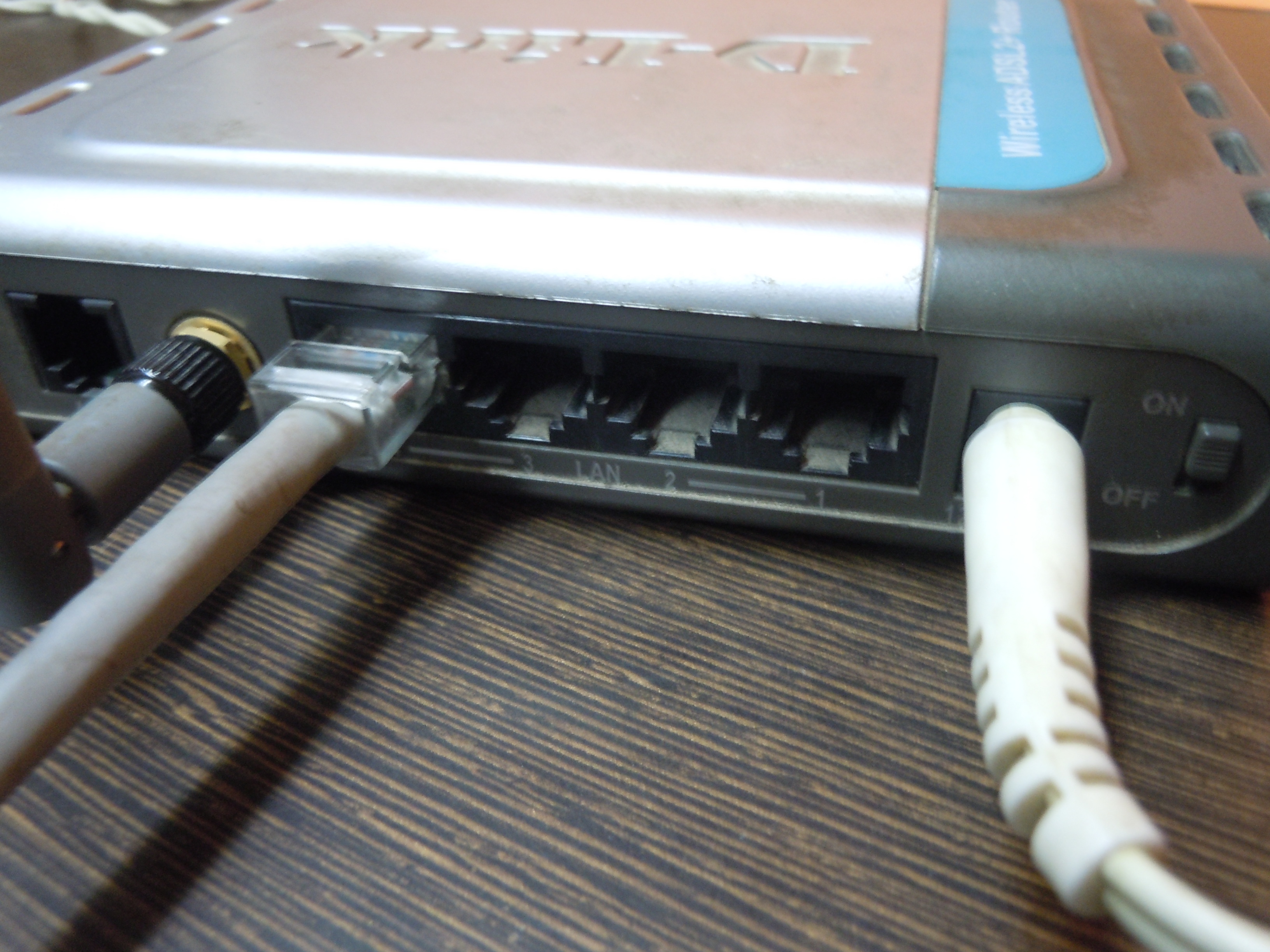
RD will allow you to connect remotely to your Raspberry Pi from another computer via LAN (local area network). However, if you want to boot to the GUI (startx) you will need a different program - RD Connection Manager - a remote desktop manager! SSH enables access of the Raspberry Pi command line. You'll have to use your own judgement as to whether the improved eye candy with the overhead.Please see the tutorial on accessing the Pi via SSH for an introduction to remote log in to the Raspberry Pi. Some of these themes include SVG files and other features that may slow down the MATE desktop.
#Raspberry pi gui startx install
Remember to use apt-get update before attempting to install a theme to make sure your apt sources are current. Go here to preview which themes are available and then use the following apt-get commands to install a specific theme. To demonstrate this, the Bisigi Project themes have been ported to MATE and are part of the MATE repository. One of the nice things about MATE is that it can use the rich variety of Gnome 2 themes that are available all over the web to improve the look of the MATE Desktop. I found the information on using MATE on Arch Linux useful. # mateconftool-2 -type bool -set /desktop/mate/interface/menus_have_icons falseĪlternatively, users can use the Menus & Toolbars preference tool to deselect the Show icons in menus option. To turn off this feature and save CPU resources, execute the following command: Some items in menus display an icon beside the item.

# mateconftool-2 -type bool -set /apps/marco/general/reduced_resources true To enable reduced resources mode, execute the following command:
#Raspberry pi gui startx windows
When reduced resources mode is enabled, windows are not animated when you move and resize the windows. The contents of the window are displayed when the move or resize is complete. The contents of the window do not need to be updated during the move or resize. When reduced resources mode is enabled, only the outline of windows is displayed when you move and resize windows. The Marco window manager has a reduced resources mode which renders windows as wireframes when you move and resize windows. Only works for MATE version 1.4 and below. Some links that may help getting MATE to run better on the Raspberry Pi are included below:Įdit the file (create if necessary) ~/.gtkrc-2.0 and add the line: However, with some configuration changes, it may be possible to have MATE function decently on the Raspberry Pi. The default configuration for MATE consumes a lot of RAM (about 175MB just booting) and is fairly slow. The following extra applications are available in MATE:

Not all of the Gnome 2 extra applications (built for GTK2) have been forked yet. Other applications and core components prefixed with Gnome (such as Gnome Panel, Gnome Menus etc) have simply had the prefix renamed "MATE" and become MATE Panel and MATE Menus. Here is a list of common Gnome 2 applications under MATE: It is important to note that many Gnome 2 core applications are rebranded for MATE, as per the licensing terms. However, you'll need to note the name changes in MATE related to Gnome 2 features below. The Gnome 2.32 User Guide provides basic documentation for the features of GNOME 2 and MATE. If not already using a display manager, install the LightDM display manager. In order to start MATE manually, you must add


#Raspberry pi gui startx download
MATE consists of about 318 MB of files to the download and install on a Raspberry Pi will take a while. Sudo apt-get install mate-core mate-desktop-environment Then perform the following commands to install all the MATE packages: In Raspbian Jessie mate is now available in the main Raspbian repository so no changes to sources.list are needed. However note that this image is somewhat old now.įor Raspbian Wheezy, add the following repository to your "/etc/apt/sources.list". At the website is an explanation as to why MATE exists, information on installing MATE and forums where you can get help with using MATE.Ī Raspbian image for the Raspberry Pi with MATE configured as the default desktop is available here. The best source of information about MATE is the MATE website. MATE is a fork of Gnome 2 and provides an intuitive and attractive desktop to Linux users using traditional metaphors. Gnome 2 was the most popular Linux desktop, but it’s no longer available. IMPORTANT: MATE for Raspbian has been upgraded to version 1.6.0 on Sept.


 0 kommentar(er)
0 kommentar(er)
